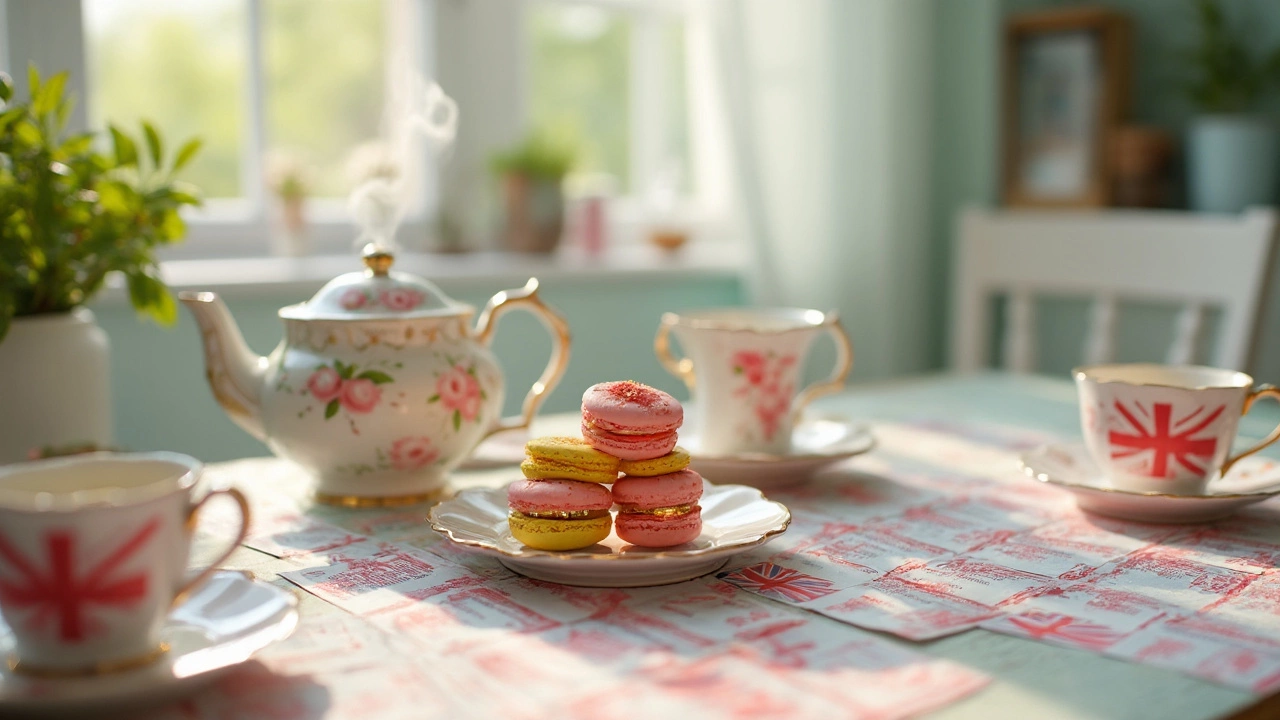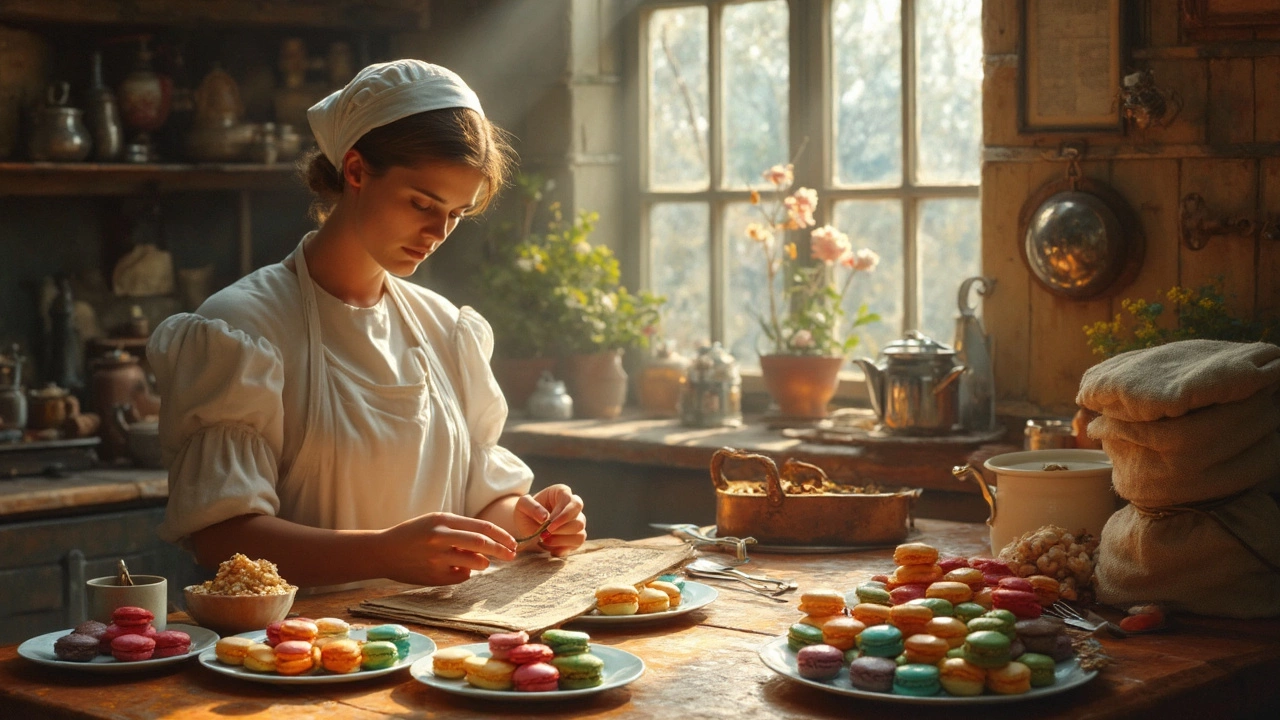
How Many Calories Are in a Sweet Macaron? Nutritional Facts & Tips
Ever wondered how many calories are in a sweet macaron? Discover fun facts, helpful tips, and detailed nutritional info about this popular French treat.
Macarons are tiny, colorful, and surprisingly versatile. Whether you’re buying a box for a party or baking a tower for a wedding, knowing the basics saves money and avoids mishaps. Curious about how many fit on a 5‑tier tower or what a hundred cost in 2025? Let’s break it down.
First off, a classic French macaron is a sandwich of two smooth shells with a creamy filling. The shells get their delicate texture from almond flour, egg whites, and a pinch of cream of tartar. They’re usually about 2–3 cm in diameter, but size can vary by bakery. Smaller shells are great for elegant towers, while bigger ones work better as bite‑size desserts on a plate.
The perfect shell should have a crisp “foot” – a tiny ridge at the base – and a shiny, slightly wavy surface. If you’ve ever wondered why some macaron tops look cracked, that’s just the result of over‑whipping the batter or a too‑hot oven. Adjusting the mixing speed and oven temperature solves the problem quickly.
Size matters when you’re planning a display. A 5‑tier tower can hold roughly 150–200 standard macarons, depending on how tight you pack them. The math is simple: each layer holds 30–40 shells, and you add a few extra for the top and bottom layers that need more support.
Price is another factor. In 2025, a hundred macarons cost anywhere from £70 to £150, depending on flavor complexity and the bakery’s reputation. A single box (usually 12–16 pieces) runs about £8‑£12. Buying in bulk can shave off 10‑15% if you shop around, especially during off‑season sales.
When you order, ask the baker about shell size. Some boutique shops offer “mini” macarons around 1.5 cm, which lets you pack more into a tower and keep costs down. Just remember that mini shells may be a bit sweeter, so balance the flavors accordingly.
Storing macarons is straightforward: keep them in an airtight container in the fridge for up to three days. Let them come to room temperature before serving – that’s when the textures shine. If you need them longer, freeze the shells (without filling) for up to a month, then assemble fresh just before the event.
Finally, a quick fun fact: the word “macaron” comes from the Italian “maccherone,” meaning “fine dough.” It traveled to France in the 16th century and evolved into the delicate treat we love today. Knowing the story can be a cute ice‑breaker at any party.
So next time you see a macaron tower, you’ll understand the math, the price, and the little quirks that make each shell special. Use these facts to impress friends, plan budgets, or even try baking your own perfect batch at home. Happy munching!

Ever wondered how many calories are in a sweet macaron? Discover fun facts, helpful tips, and detailed nutritional info about this popular French treat.

Ever wondered where the macaron comes from? This article uncovers the real story behind the famous treat, clears up common myths, and shares fun tidbits that go beyond what you see at the bakery. You’ll get helpful tips for spotting authentic macarons and learn why this cookie looks and tastes like nothing else. If you like baking or are just a curious foodie, this guide promises plenty of bite-sized surprises. No fluff—just the chewy facts.